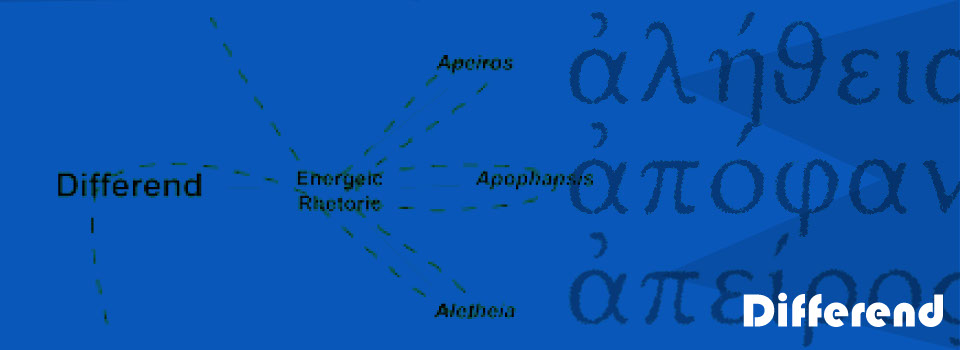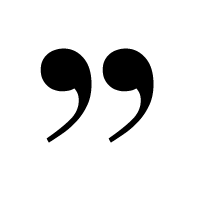
x
Contents
Home
Home
Home

Aletheia
¢l»qeia
If a lÒgoj as ¢pÒfansij is to be true, its Being-true is ¢lhqeÚein in the manner of ¢pofa…nesqai—of taking entities out of their hiddenness and letting them be seen in their unhiddenness (their uncoveredness). (Heidegger, Being and Time 262, H 219)
Heidegger has perhaps done more than anyone to bring ¢l»qeia (alētheia) into philosophical parlance. His reading of it in Being and Time, complicated and continuously reflected upon throughout his life, centers on the word’s etymology. Those unfamiliar with Greek who may feel annoyed by the seemingly obscure pedantry of this tangent should note Heidegger’s warning:
We must avoid uninhibited word-mysticism. Nevertheless, the ultimate business of philosophy is to preserve the force of the most elemental words in which Dasein expresses itself, and to keep the common understanding from leveling them off to that unintelligibility which functions in turn as a source of pseudo-problems. (262, H 220; italics in original)
These pseudo-problems arise when we refer to Seinfeld as deconstruction or a computer as multimedia. (How many media exactly? Is there a literal newspaper inside it? A book? A movie? The computer is a single medium that remediates previous media.) When we fail to think critically, thought “levels off” and becomes mere common knowledge. We can also hear in Heidegger’s taboo a search for origins. This search, and its futility, concerns much of this project. For now, however, we will pursue truth.
¢l»qeia can be broken into two parts: ¢ (a) and l»qeia (lētheia). The first denotes negation, the second concealing. From these Heidegger constructs a complex theory of truth involving revealing and concealing that attempts to circumvent the correspondence theory while maintaining something like the common meaning of truth. This theory gets reworked throughout Early Greek Thinking. Heidegger spends time with Heraclitus’s fiftieth fragment,
tÕ m¾ dànÒn pote pîj ¥n tij l£qoi;
How can one hide himself before that which never sets?
He points out that the word for hiding here is l£qoi, the core of ¢l»qeia. The thing that never sets for Heidegger is being, which makes possible truth, ¢l»qeia as unconcealing. Heidegger spends a bit of time talking about the light metaphor that truth is thus involved in, both because truth is an unsetting sun and because concealing involves the play of light and dark. The unsetting sun of being, for Heidegger as well as Heraclitus, is logos: “LÒgoj, in whose lighting they come and go, remains concealed from them, and forgotten” (122). ¢l»qeia makes possible assertion, or ¢pÒfasij.
Lyotard brings up truth early on in Discourse, Figure in the context of utopia, to which he returns at the end of the book:
Freud taught us the meaning of utopia in the strictest sense. Utopia is the fact that truth never appears where it is expected. . . . Truth appears as an aberration when measured against signification and knowledge. Truth is discordant [détonne], and to be discordant in discourse is to deconstruct its order. Truth in no way passes through a discourse of signification: its impossible topos cannot be determined through the coordinates of the geography of knowledge. Instead, it makes itself felt on the surface of discourse through effects, and this presence of meaning is called expression. (12)
Truth is out of tune. Détonne signifies clashing, being off key, but its homonym détone denotes the destruction such a statement implies. Truth has nothing to do with correspondence at all. In fact, truth surprises us by not corresponding, by appearing unexpectedly, much like many of the glosses in this book. The tuning involved may hearken back to Heraclitus’s palintropoj (palintropos, backturning). For Heraclitus there is a harmony to the world, a logos that aligns all things through tension. Lyotard recognizes the tension but refuses the harmony.
This page uses a Greek font. To read this page without the Greek font, click here.

The disharmony of detonated denotation
if truth doesn’t appear where one expects it to, and if no discourse can ever hope to expose it in completed signification (since it does not belong to the same field), then this book is not truthful insofar as it strives, quite obviously, to produce articulated significations.
(Discourse, Figure 12)

❰ Energeic Rhetoric

